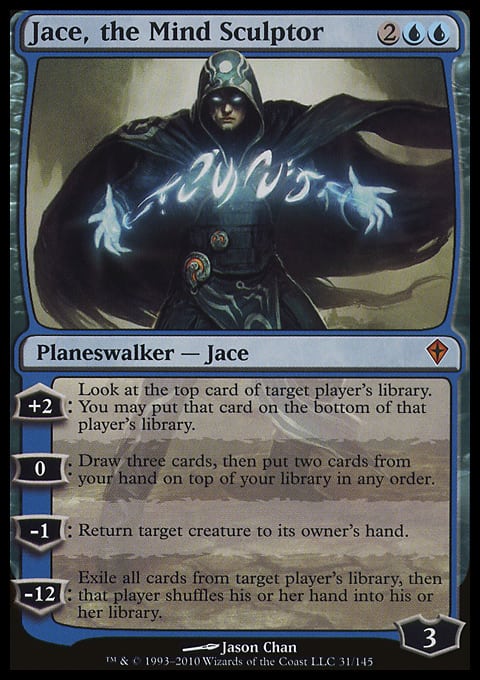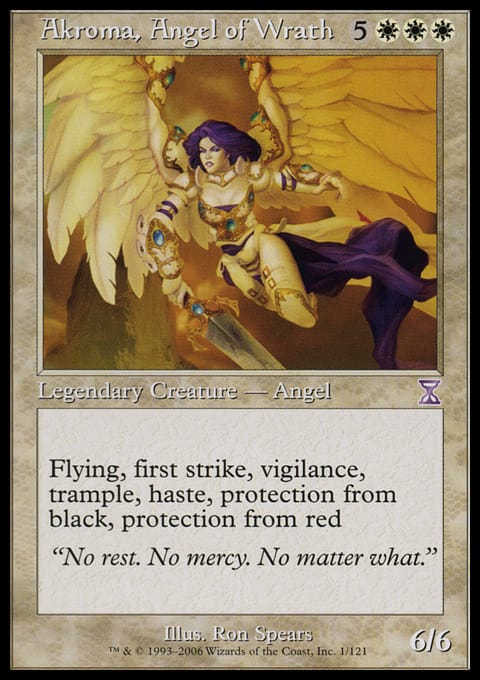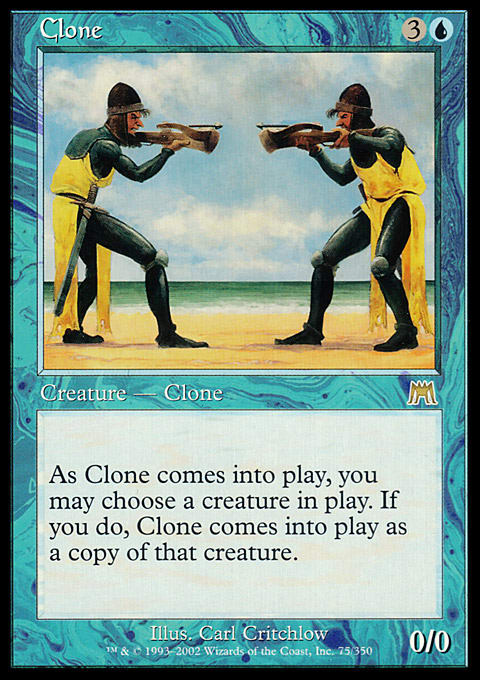Earlier this week, some rules changes were announced that will have some interesting implications for casual play. I looked through these changes several times and then flipped through some decks and cards specifically to see what improves and what weakens. I saw some interesting results, so today, I want to talk about how the rules changes should impact Casual Land.
What are these rules changes? If you haven’t seen, there are several changes that officially will be in place as of July 13. So, if you are playing with some things, get ready for changes!
You can read all about the changes here.
Two minor things might impact some corner cases in Casual Land, so let’s get them out of the way first. The first thing is that indestructible is now a key word. Some random ways that might matter are listed in the article linked to above. One given example is that a creature that enters play after you play Boros Charm giving your team indestructible will no longer receive it (which I totally think seems right). The other minor change reflects decks with cards that enable you to play more than one land. Apparently (and I admit I didn’t even know this), when you played a land, you announced which extra method of playing lands you were using or if it was your normal land drop. So, if you had out both Gaea's Touch and Oracle of Mul Daya, played a Forest, and then sacrificed the Gaea's Touch, if you did not announce the Forest was played with the Touch, it would count as your normal land drop and you would have missed the Touch land drop. It also created tricks such as bouncing the Oracle to net another land drop. Now everything makes sense—the rules just look to see how many lands plays you have, and you can play up to that many.
So, those minor cases are out of the way. Now to the two big changes, and they are very similar:
- Legendary permanents no longer kill each other when two or more are in play. Instead, if you control two or more, you choose one, and the others go forthwith.
- Planeswalkers no longer kill each other when two or more of the same character are in play. Instead, if you control two or more, you choose one and the others go forthwith.
What does this mean?
Suppose I am running Jace, the Mind Sculptor. You can no longer kill it by playing Jace Beleren. Similarly, if I have Commander Eesha, you can’t kill her by playing your own Eesha. There are many consequences of these two rules changes, and it will take an article to look at them, so let’s get started!
I suspect that one of the reasons behind the legendary permanent change is Commanders. It was not mentioned in the reasons article. We all know R&D is making cards and rules to enhance Commander, so this is no surprise. Previously, if both my opponent and I flipped over Glissa the Traitor, our match would be odd. We could not rely on our Commanders running around, and when one was played, the other would soon follow to kill it. I have seen matches in which neither player dropped his Commander for the game because bothering to spend the mana made little sense. That is a huge change of awesome to the format, and people will be talking about that in articles and through the ages.
Let’s take a look under the hood at the first change: planeswalkers.
As was pointed out, many ’walkers have multiple variants. As more see print, they were collectively worsening, especially in multiplayer. Suppose I had a blue multiplayer deck and I honestly wanted one of each Jace in the deck because they all fit it. I shuffle up against my foes. What are the chances that none of them will have any Jaces? That’s pretty unlikely, right? So, my awesome Jace, Memory Adept is suddenly snapped and killed because someone drew her Jace Beleren and dropped it—since she couldn’t do anything else with it. Both died. But now, my Jaces are not threatened by anyone else’s. I can run Ajani Goldmane without worrying about your Ajani Goldmane killing it.
This increases the value of ’walkers in multiplayer considerably.
Similarly, legendary creatures are enhanced in several ways. First of all, they are empowered in the same way that ’walkers are—you don’t have to worry about another copy of a legendary card taking out yours. No longer will my Akroma, Angel of Wrath be able to be killed by yours. For commonly-played legendary permanents, this makes them even better because a major weakness is now gone.
One of the consequences of this is that Clone effects are now significantly worse. You can no longer lean on Clone, Phyrexian Metamorph, and Phantasmal Image to blow up an opposing legendary creature. Whether in duels or multiplayer, many legendary creatures are seen at the kitchen table. So, people leaned on Clones as a great way to handle them. They also killed legendary creatures through protection. For example, if a legendary creature was wearing Darksteel Plate or Swiftfoot Boots, they were hard to kill, but using Clone and its friends was a useful path. That is no longer the case. So, I suspect such protection-enabling enchantments and Equipment (such as Asceticism and Champion's Helm) will rise in play value as one way to contest it is lost.
Because of this change, I expect Sakashima the Impostor to drop in play value considerably. One of the cool things Sakashima had going was the ability to copy a legendary creature without dying because it kept its name. Now we have an odd Clone variant, so the play it saw should reduce.
(On the other hand, while Clones became worse to hit opposing legendaries, they are now better at cloning your own. See below for a lot of synergies that would value copy effects.)
Some creatures should go up. Avacyn, Angel of Hope was a massive powerhouse at the multiplayer table. But one of the reliable ways you could kill her was either playing your own Avacyn or a Clone. Now one path to Avacyn removal is gone, and that only makes her highness even better. Making the best creature for multiplayer better is just unfair to Magic.
What should truly go up in play are the legendary lands. In Casualalia, there are some legendary lands that are quite powerful, such as Kor Haven, Volrath's Stronghold, Urborg, Tomb of Yawgmoth, and Gaea's Cradle. One thing holding these back was the fear that they would be destroyed by someone else’s card. But that is no longer the case. So, the likelihood of lands being whacked has reduced to just running up against Strip Mine or Avalanche Riders or something. That increases the power of these lands, and thus, their play value rises in accord. I would expect to see these played more at the kitchen table and particularly in multiplayer (and particularly in Commander, which has the space for a Yavimaya Hollow or a similar friend). (One legendary land that actually worsens is Flagstones of Trokair.)
Another consequence of the rules change is with the interactivity of your own deck. I love that Kokusho, the Evening Star just became a shade worse. Typically, a deck built around Kokusho combos would bring out a bunch at once, and then they would all die. Now, one stays out, and one fewer death trigger occurs as a result. If you control one Kokusho and play another, just one dies. It still is a fine card, but it ebbed just a tad in power.
With multiple copies of legendary creatures in your deck, you can play one to replace another. Let’s suppose that I have Rasputin Dreamweaver in my deck. When it comes into play, it brings 7 counters with it. I may have spent all of my counters and now play another to reload my stockpile of counters, and the first dies.
This also empowers a legendary creature with an enters-the-battlefield (ETB) trigger. Feel free to play that Prime Speaker Zegana when you already have one out—in order to draw a bunch of cards. That’s fine and dandy because the smaller Speaker dies. This is a great place to drop Phantasmal Image on your Speaker because you’ll draw a ton of cards and then sacrifice the Imaged copy. Your 2 mana becomes five or six cards! It’s also a good way to bring out a healthy copy of a legendary creature in case one has a bunch of -1/-1 counters, a nasty Aura, or the like.
Going forward, we are going to see a lot of strategies built around this change. For example, a cheap, early Mikaeus, the Lunarch that drops some counters on folks might be blasted by one that comes out a few turns later just without waiting for the first to die. You can drop a Myojin after using up the divinity counter on one in play. Bladewing the Risen and Godo, Bandit Warlord just became more powerful, as did Lavinia of the Tenth. Things improve for these folks.
As mentioned on the Wizards articles, this means you can play a legendary permanent to kill one in play that may be Arrested. It’s not uncommon to see Aura-based removal at the kitchen table. This will help your deck recover from that One Thousand Lashes or Pacifism.
Note that abilities that steal a creature just improved a smidgeon. Let’s say you and I are playing a duel, and I drop something decent, such as Ith, High Arcanist off its early suspend. On my sixty turn, it drops out, and I swing for 3 vigilance damage and then keep it back. You have a 4/3 flyer that you want to keep swinging overhead, and Ith is going to just untap it and stop its damage. So, you steal my Ith with Mind Control. That sucks! Luckily, I have another Ith in my hand. Previously, I could play it, kill yours and mine, and then we’d keep going. But now, I can no longer use a duplicate of my legendary creature to kill the one you stole from me. (Nor could I follow up with a copy effect such as Clone to whack them both.) Thus, stealing a legendary creature just became a little bit safer.
Another thing that improves a little bit is flash. If I can flash out legendary creatures, such as with Leyline of Anticipation or Vedalken Orrery, I can drop my critters in response to stuff. Imagine if I responded to you Mind Controlling my Ith by playing another and sacrificing the one targeted. There are several ways to harness flash even more than before!
Some cards will change as well. Take the commonly-played Mimic Vat. When a creature dies, you can imprint it and spit out tokens of that creature, yada yada yada. Before, you would be taking stupid pills to imprint a legendary creature. You play it the first time and then play it the second, and both die. But now, no one dies except the new token, and you can keep making triggers. Imagine something simple like Sun Ce, Young Conqueror on a Mimic Vat after July 13. Now imagine Prime Speaker on it—ouch!
Also, the change impacts mass reanimation. (This was especially true at a multiplayer game.) Whenever someone dropped Twilight's Call or Living Death, people would have to call out their legendary creatures that came back. “Okay, I brought back Tolsimir Wolfblood, Chorus of the Conclave, and Kaysa.” “I retrieved Sol'kanar the Swamp King, Memnarch, Bosh, Iron Golem, and Karn, Silver Golem.” “I brought back Memnarch, too, Dave.” “Dang gone it.” It would take minutes. And invariably, someone would forget to call out a legendary creature buried in his or her ten creatures, and we’d notice two turns later than we had two Akroma, Angel of Wrath in play. These changes clean these issues rather nicely. (This also improves and enhances the play of cards such as Eureka as well).
The result of all of these changes is that things should be a little different in a lot of ways. Not only are planeswalkers enhanced in power, and legendary permanents in general, but copy effects change considerably. As a consequence, the way legendary permanents are played could result in new decks and new combos. You can expect cards that steal creatures, flash, mass reanimation, and more to alter slightly to encompass the new rules. Many cards will change, from Mimic Vat to Faith's Fetters. Some are now worse, and others better.
Get ready for the new changes!
See you next week,
Abe Sargent
P.S. Is your playgroup going to wait until July 13 to start the new changes or will they adopt them sooner?






























